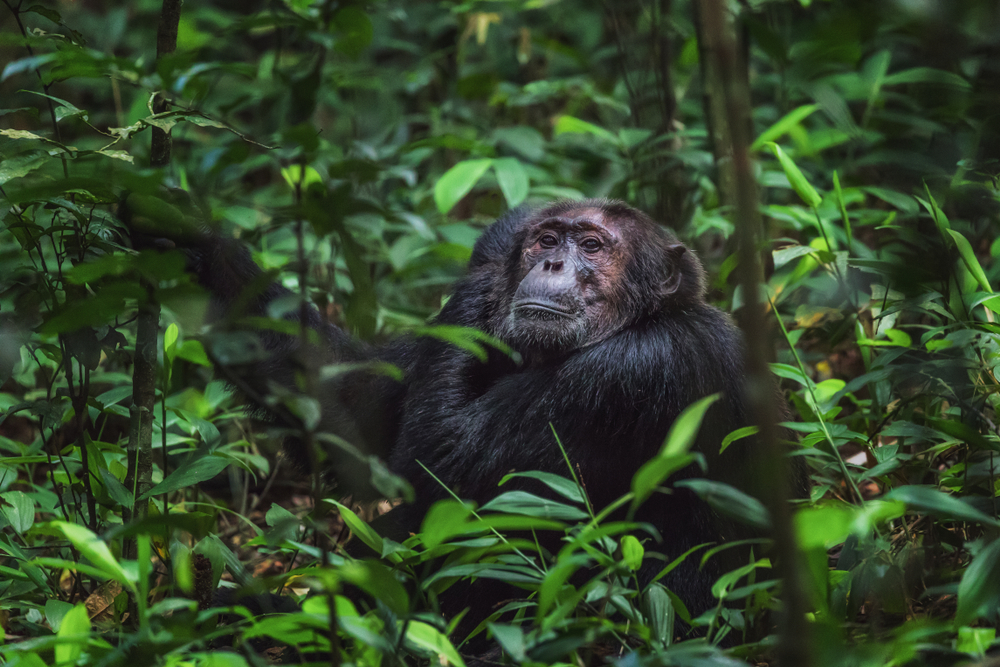Kidepo Valley Overview
Kidepo Valley National Park, known locally as Ekibira kya Kidepo, is a remote and breathtaking wilderness located in northeastern Uganda, near the borders of South Sudan and Kenya. Spanning approximately 1,442 square kilometers (557 square miles), the park is renowned for its dramatic landscapes, diverse wildlife, and isolation, which make it one of Uganda’s most captivating and unspoiled national parks. Established in 1962, Kidepo offers a unique blend of savannah, mountain ranges, and lush valleys that appeal to adventurers and nature enthusiasts alike.
The park’s terrain is dominated by rolling savannah plains, intersected by seasonal rivers, and framed by the rugged Morungole Mountains to the south and the Napore Range to the west. The Kidepo and Narus Valleys are the park’s lifelines, providing seasonal water sources that attract a plethora of wildlife. While Kidepo lacks large waterfalls, the Kanangorok Hot Springs, located near the Kidepo River, are a fascinating natural feature and a must-see for visitors seeking a tranquil retreat.
Kidepo Valley National Park is celebrated for its remarkable wildlife diversity, including over 77 mammal species and more than 475 bird species. Large herds of elephants, buffalo, and zebras graze the open plains, while giraffes, cheetahs, and lions roam freely. Kidepo is also home to rare and regionally significant species, such as the Rothschild’s giraffe, aardwolf, and bat-eared fox. The Narus Valley, in particular, is a prime wildlife-viewing area, as its water sources sustain animals even during the dry season.
Birdlife in Kidepo is equally impressive, with notable species such as the Abyssinian ground hornbill, Kori bustard, and Karamoja apalis, the latter being endemic to the region. The park’s varied habitats, from grasslands to rocky outcrops, provide refuge for a wide array of bird species, making it a paradise for birdwatchers.
Kidepo’s remote location has contributed to its pristine condition, but it has also posed challenges for conservation. Collaborative efforts between the Uganda Wildlife Authority and conservation organizations have focused on combating poaching, restoring degraded habitats, and mitigating human-wildlife conflict. Community-based tourism initiatives, such as cultural tours to the Karamojong and Ik tribes, play a crucial role in fostering local support for conservation while providing visitors with insight into the region’s rich cultural heritage.
Visitors to Kidepo Valley National Park can engage in a variety of activities, including game drives, guided nature walks, and birdwatching. The park’s remote location ensures low visitor numbers, offering an exclusive and serene safari experience. The Kanangorok Hot Springs and the dramatic Morungole Mountains add to the park’s appeal, providing opportunities for exploration and photography. Accommodations range from luxury safari lodges to campsites, catering to a wide range of preferences.
In summary, Kidepo Valley National Park is a gem of Uganda’s protected area network, celebrated for its stunning landscapes, abundant wildlife, and cultural significance. Its combination of raw beauty, biodiversity, and isolation makes it a bucket-list destination for intrepid travelers.














































































